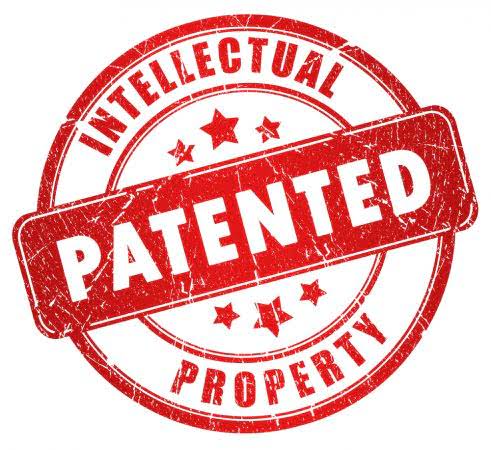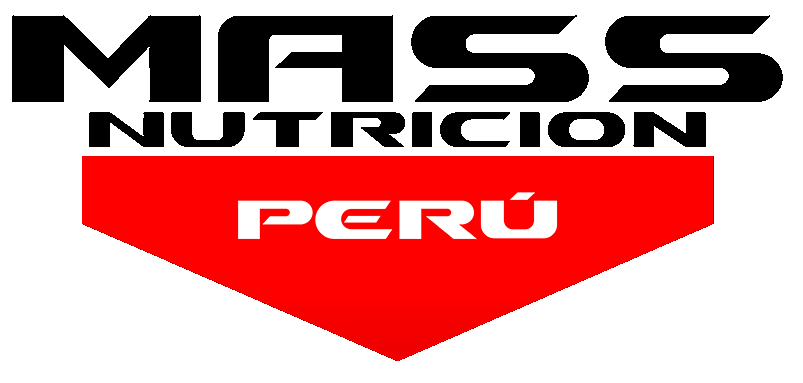
Taking time to learn the accounting equation and to recognise the dual aspect of every transaction will help you to understand the fundamentals of accounting. Whatever happens, the transaction will always result in the accounting equation balancing. Essentially, the representation equates all uses of capital (assets) to all sources of capital, where debt capital leads to liabilities and equity capital leads to shareholders’ equity. If the expanded accounting equation is not equal on both sides, your financial reports are inaccurate. Now, these changes in the accounting equation get recorded into the business’ financial books through double-entry bookkeeping. As we previously mentioned, the accounting equation is the same for all businesses.
The balance sheet always balances – Asset = Liability + Owner’s equities

Metro Corporation earned a total of $10,000 in service revenue from clients who will pay in 30 days. Working capital indicates whether a company will have the amount of money needed to pay its bills and other obligations when due. An asset is a resource that is owned or controlled by the company to be used for future benefits. Some assets are tangible like cash while others are theoretical or intangible like goodwill or copyrights. To learn more about the income statement, see Income Statement Outline.
Examples of the Accounting Equation
Company credit cards, rent, and taxes to be paid are all liabilities. Do not include taxes you have already paid in your liabilities. Let’s check out what causes increases and decreases in the owner’s equity.
Expanded Accounting Equation

The balance sheet is also known as the statement of financial position and it reflects the accounting equation. The balance sheet reports a company’s assets, liabilities, and owner’s (or stockholders’) equity at a specific point in time. Like the accounting equation, it shows that a company’s total amount of assets equals the total amount of liabilities plus owner’s (or stockholders’) equity. If a company keeps accurate records using the double-entry system, the accounting equation will always be “in balance,” meaning the left side of the equation will be equal to the right side. The balance is maintained because every business transaction affects at least two of a company’s accounts. For example, when a company borrows money from a bank, the company’s assets will increase and its liabilities will increase by the same amount.
For a company keeping accurate accounts, every business transaction will be represented in at least two of its accounts. For instance, if a business takes a loan from a bank, the borrowed money will be reflected in its balance sheet as both an increase in the company’s assets and an increase in its loan liability. The expanded accounting equation shows the relationship between your balance sheet and income statement. Revenue and owner contributions are the two primary sources that create equity. You can automatically generate and send invoices using this accounting software.
Owners’ Equity = Assets – Liabilities
- As you can see, assets equal the sum of liabilities and owner’s equity.
- Ted is an entrepreneur who wants to start a company selling speakers for car stereo systems.
- The revenues and expenses show the change in net income from period to period.
- Regardless of how the accounting equation is represented, it is important to remember that the equation must always balance.
- So, as long as you account for everything correctly, the accounting equation will always balance no matter how many transactions are involved.
- Working capital indicates whether a company will have the amount of money needed to pay its bills and other obligations when due.
It is important to keep the accounting equation in mind when performing journal entries. If a business buys raw materials and pays in cash, it will result in an increase in the company’s inventory (an asset) while reducing cash capital (another asset). Because there are two or more accounts affected by every transaction carried out by a company, the accounting system is referred to as double-entry accounting. The accounting equation helps to assess whether the business transactions carried out by the company are being accurately reflected in its books and accounts.
- The expanded accounting equation can allow analysts to better look into the company’s break-down of shareholder’s equity.
- A credit in contrast refers to a decrease in an asset or an increase in a liability or shareholders’ equity.
- Thus, all of the company’s assets stem from either creditors or investors i.e. liabilities and equity.
- As our example, we compute the accounting equation from the company’s balance sheet as of December 31, 2021.
- If a transaction is completely omitted from the accounting books, it will not unbalance the accounting equation.
- Current or short-term liabilities are employee payroll, invoices, utility, and supply expenses.
Incorrect classification of an expense does not affect the accounting equation. Receivables arise when a company provides a service or sells a product to someone on credit. To make the Accounting Equation topic even easier to understand, we created a collection of premium materials called AccountingCoach PRO. Our PRO users get lifetime access to our accounting equation visual full accounting equation tutorial, cheat sheet, flashcards, quick test, and more. $10,000 of cash (asset) will be received from the bank but the business must also record an equal amount representing the fact that the loan (liability) will eventually need to be repaid. Regardless of how the accounting equation is represented, it is important to remember that the equation must always balance.
Expanded Accounting Equation: Definition, Formula, How It Works
There are different categories of business assets including long-term assets, capital assets, investments and tangible assets. They were acquired by borrowing money from lenders, receiving cash from owners and shareholders or offering goods or services. This is how the accounting equation of Laura’s business looks like after incorporating the effects of all transactions at the end of month 1. In this example, we will see how this accounting equation will transform once we consider the effects of transactions from the first month of Laura’s business. The combined balance of liabilities and capital is also at $50,000. The company acquired printers, hence, an increase in assets.
Treasury stock transactions and cancellations are recorded in retained earnings and paid-in-capital. In this expanded accounting equation, CC, the Contributed Capital or paid-in capital, represents Share Capital. Retained Earnings is Beginning Retained Earnings + Revenue – Expenses – Dividends – Stock Repurchases.
- Current liabilities include accounts payable, accrued expenses, and the short-term portion of debt.
- The owner’s equity is the balancing amount in the accounting equation.
- The accounting equation equates a company’s assets to its liabilities and equity.
- At first glance, you probably don’t see a big difference from the basic accounting equation.
- Equity is named Owner’s Equity, Shareholders’ Equity, or Stockholders’ Equity on the balance sheet.
